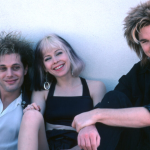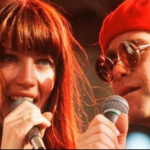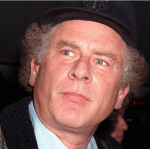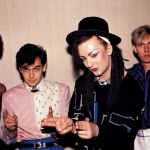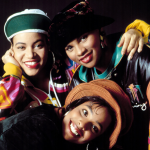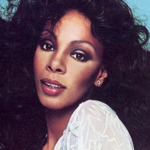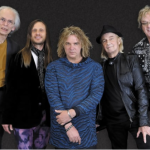“Come On Eileen” – Dexys Midnight Runners

“Come On Eileen,” released by Dexys Midnight Runners in 1982, is a song that has achieved iconic status in popular music. With its distinctive Celtic fiddle riff, infectious rhythm, and passionate vocals, the song became an international hit, reaching number one in several countries. While it is often celebrated for its musicality and danceable beat, a closer examination of the lyrics and composition reveals a deeper narrative of youthful longing, nostalgia, and socio-economic commentary.
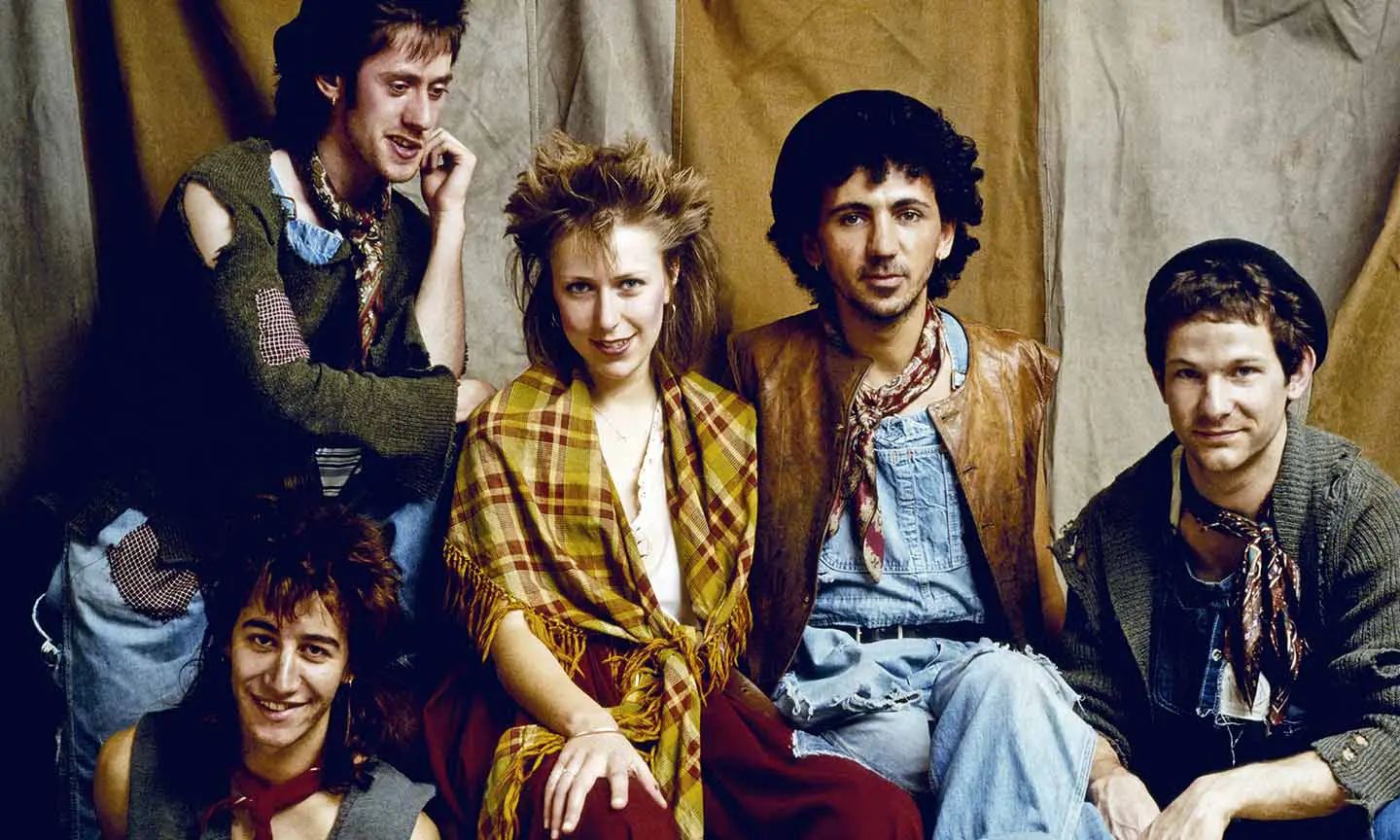
At the heart of “Come On Eileen” is a story of young love and the desire to escape the constraints of a mundane life. The lyrics depict a conversation between the narrator and Eileen, a girl from his neighborhood. The song’s opening lines, “Poor old Johnny Ray / Sounded sad upon the radio / Moved a million hearts in mono,” set the tone of nostalgia, referencing the melancholic music of Johnny Ray and evoking a sense of longing for simpler times. This sentiment is further emphasized in the chorus, where the narrator implores Eileen to break free from the societal expectations and join him in seeking something more fulfilling: “Come on, Eileen / Oh, I swear (what he means) / At this moment, you mean everything.”

The song’s narrative is grounded in the socio-economic context of the early 1980s in the UK, a period marked by economic hardship and social change. The references to the working-class environment and the desire to escape it reflect the broader sentiments of disillusionment and hope that characterized the era. The lines “These people round here / Wear beaten down eyes sunk in smoke-dried faces” vividly describe the oppressive atmosphere of the narrator’s surroundings, highlighting the yearning for a better future.
Musically, “Come On Eileen” is a masterful blend of various genres, incorporating elements of Celtic folk, soul, and pop. The song’s structure is dynamic, shifting between slow, introspective verses and an exuberant, anthemic chorus. The use of the fiddle, played by band member Helen O’Hara, adds a distinctive Irish folk influence that sets the song apart from other pop hits of the time. This fusion of styles creates a unique sound that is both nostalgic and timeless.

The song’s instrumentation and arrangement play a crucial role in conveying its emotional depth. The gradual build-up from the subdued verses to the explosive chorus mirrors the escalating intensity of the narrator’s feelings for Eileen. The repeated refrain of “Come on, Eileen” serves as both a plea and a rallying cry, encapsulating the urgency and fervor of youthful passion.
The enduring popularity of “Come On Eileen” can be attributed to its ability to resonate with listeners on multiple levels. Its infectious melody and upbeat tempo make it a perennial favorite at parties and celebrations, while its lyrical themes of love, nostalgia, and aspiration continue to strike a chord with audiences of all ages. The song’s universal appeal lies in its portrayal of the timeless human experience of seeking connection and meaning in a world that often feels confining.
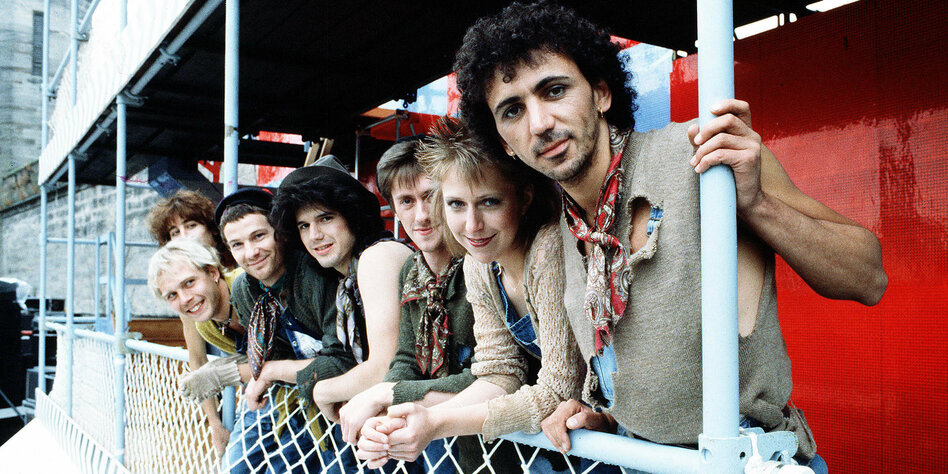
In conclusion, “Come On Eileen” by Dexys Midnight Runners is a rich and multi-layered song that transcends its initial appeal as a catchy pop hit. Through its evocative lyrics, innovative musical composition, and emotional resonance, it captures the essence of youthful longing and the quest for a better life. Its lasting impact on popular culture is a testament to its ability to evoke powerful emotions and connect with listeners across generations. As we continue to dance to its infectious beat, we are reminded of the enduring power of music to tell stories and express the deepest facets of the human experience.
